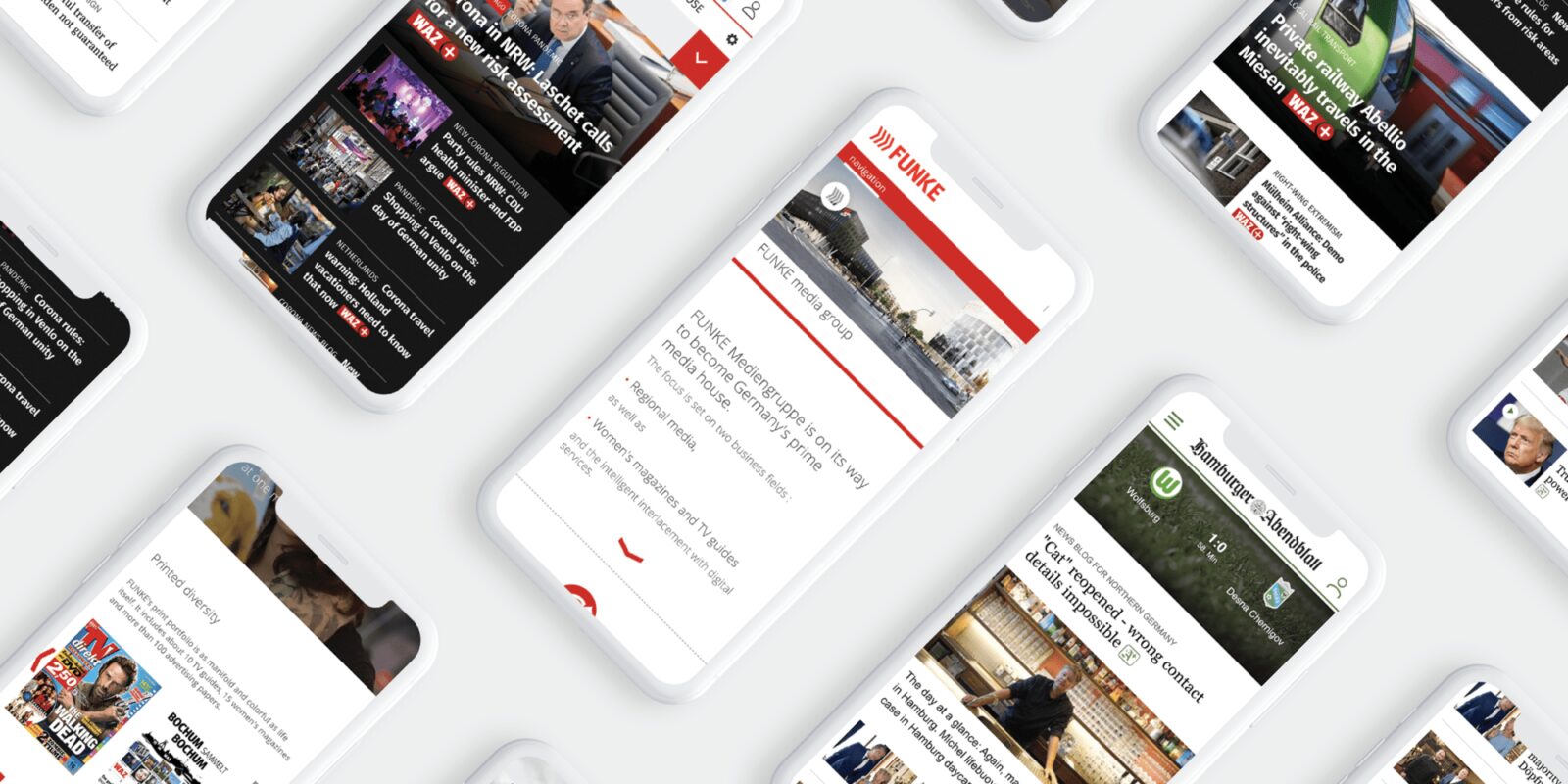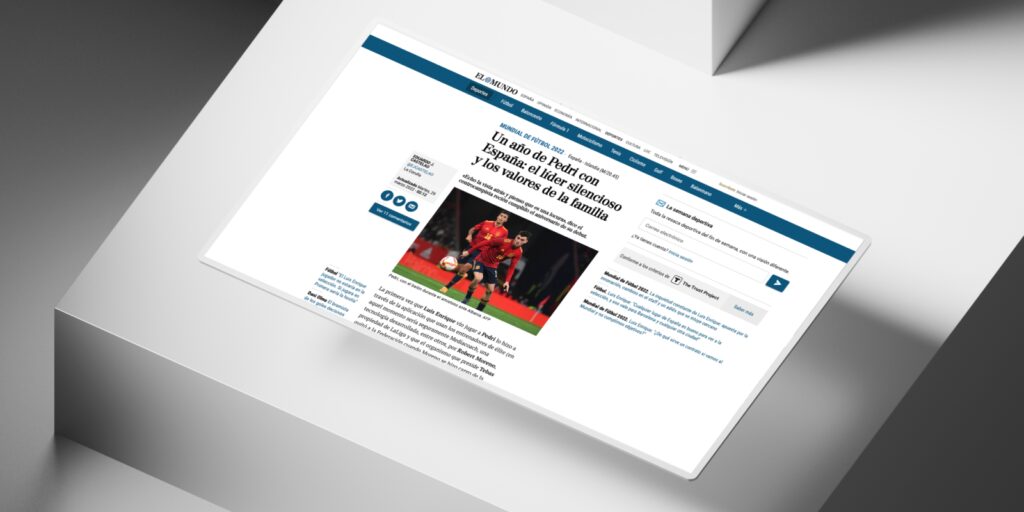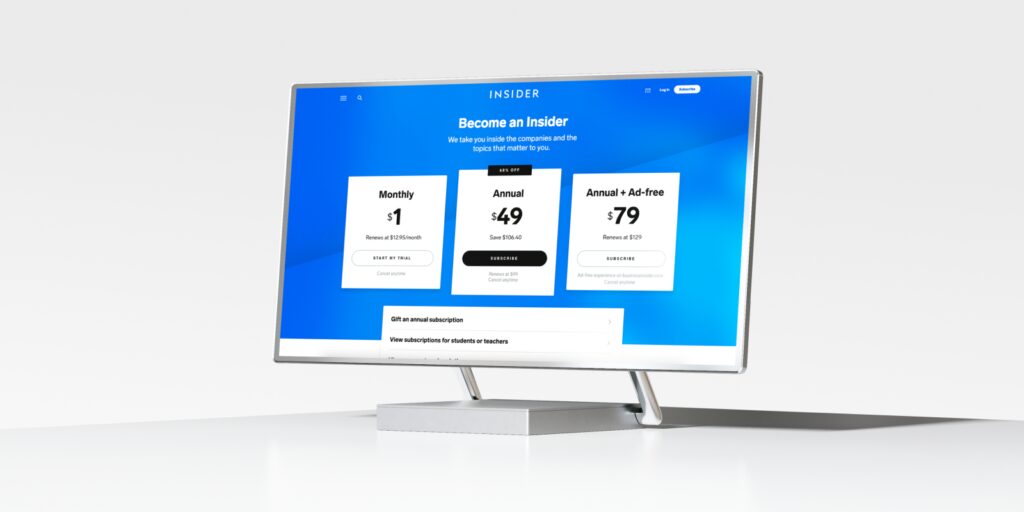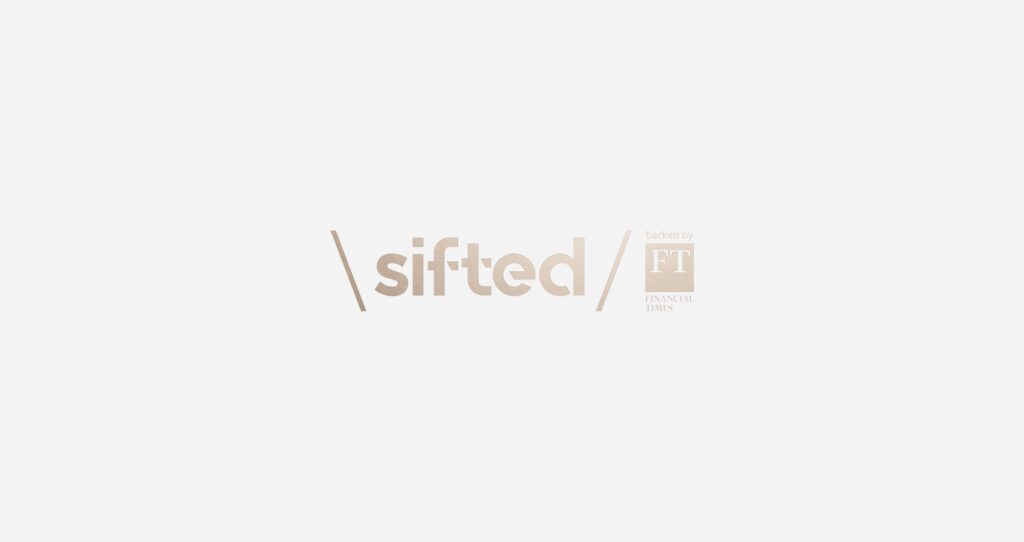Lessons from FIPP World Congress 2020 – How Funke Mediengruppe’s new subscription strategy helps finance local journalism
Funke Mediengruppe is one of the leading publishers in Germany, focusing on local news, digital and national magazines. They operate 12 local newspapers, all of which operate under a digital subscription model. And thanks to a few recent tweaks in strategy, their investment in paid content models is starting to pay off.
In the past 12 months, Funke has almost tripled its digital subscribers. They're enjoying a consistent flow of over 120 new subscribers per day for their major publications.
At this year’s FIPP World Media Congress, our very own Clemens Hammacher, DACH General Manager, virtually sat down with Stephan Thurm, CDO, Funke Mediengruppe and CEO, Funke Digital to discuss their digital subscription journey, their relentless focus on CLTV, and how they get close to subscribers to keep them engaged.
CH: How did Funke get started with digital subscriptions, and when did you shift from a mainly ad financed / free content model to paid content model?
ST: My wake-up call happened during a study tour to Oslo, Norway in 2018. I saw how Scandinavian publishers were realizing a lot of success in building reader revenue. I noticed they unlocked a tactic that many German publishers still hadn’t: convincing large numbers of readers to pay for digital news content.
Previously, we had started down that path when we split our news publications into two product lines. We had quality newspaper brands like waz.de that were deployed with a paid content strategy, while free “reach portals,” such as derwesten.de, were available for young readers and utilized an advertising strategy.
One year later, we started rolling out paywalls across our German titles. Since the beginning of our program, we relied on Piano as a revenue platform to help us deploy consistent and successful experiences to our readers.
CH: Where do subscriptions live in the priority of Funke’s business model?
ST: At Funke Mediengruppe, subscriptions are very much our strategic focus as a business. A digital subscriber to one of our newspapers delivers an 11 times higher revenue per year than someone who reads our free content that’s monetized with advertising. That’s why we are doubling down on transitioning the whole organization to digital subscriptions.
CH: What role does technology play in your digital subscription strategy?
ST: Technology is fundamental to our subscription strategy. For example, we like that Piano is so flexible and can grow with our business. We can try and test things easily, adjust our tactics and react quickly to changing user behaviors.
CH: How have you structured your teams internally in order to drive an effective subscription program?
ST: To speed up innovation and help the wider organization transform our core business, we assembled a cross-functional squad, consisting of sales, marketing, engineering, data analysts, and newsroom. This ‘speedboat approach’, in combination with Piano’s very flexible technology, allowed us to move faster with the implementation of new programs and more agile ways of thinking across the organization, as well as helped us deliver results quickly.
CH: Tell me about those results.
ST: Our results were more than just encouraging. In the past 6 months alone, digital subscriptions to our newspapers have grown by 180%.
CH: And all that in spite of a price increase in one of your brands!
ST: Yeah, what some in the industry thought to be a ‘bold move’, has actually worked very well for us. We, like many publishers, started with low subscription prices in the beginning and realized there was a potential to increase. So, we increased monthly prices by 20% but gave every reader the option to change to an annual subscription that locked them in at the old rate. In parallel, we improved our product by decreasing advertising for subscribers by 70%, that way we only had negligible churn while the price increase was easily accepted by our audience. Because of this, we have earned many yearly subscriptions, as well as mitigated churn.
CH: Interesting, what drove the decision to turn down the ad volume for those subscribers?
ST: It was really based on customer feedback. We discovered our readers perceived too many ads in their subscribed newspaper as a nuisance. So we decided to turn this into a product improvement project: we dial down on the ads and you [the consumer] pay a bit more per month for access. In the end, it’s a win-win.
CH: Let’s talk more about churn. What are some tactics you’ve deployed to combat churn?
ST: We put a lot of emphasis on ensuring a great subscriber onboarding experience and constantly analyze data to understand user behavior that is behind any potential churn. We also work closely and directly with our readers: focus groups, follow-up interviews, and frankly, a relentless focus on customer service to win back subscribers.
CH: What types of promotions has Funke deployed to spur subscriptions and/or reduce churn?
ST: Well, we don’t believe in free trials. While we do test various promotions on an ongoing basis, we realized that paid trials are a great growth driver when done correctly. For example, charging even 1 Euro is much better for churn prevention than a free trial. And as mentioned before, we would rather incentivize our readers to sign up for annual subscriptions via preferred rates. This has helped us reduce our churn rate by 50% within the last 12 months.
CH: Given your focus on not just acquisition, but retention, what are important metrics you follow to track your efficacy in these areas?
ST: At the end of the day, CLTV is the most important KPI for us. It’s the key metric that steers our marketing plan, informs how we develop our subscription product, and optimizes our pricing strategy. In order to know what you’re accomplishing within a reader revenue model, you have to know how much value each customer creates-and how to optimize for that. That’s why CLTV is so important for us. We're working all the time on measuring each channel, campaign, trial, or website change’s impact on CLTV and deploying incremental adjustments all the time.
CH: What advice do you have for publishers looking to transition to a paid content strategy?
ST: Find the best role-model in the industry. Attach yourself to the best you can find in your market (or niche) and try to replicate what worked for them, learn from their mistakes and understand their successes. That will save you 1-2 years of guesswork. Internally, I also recommend our squad and digital hub approach with cross-functional teams including editorial that drive innovation internally.
CH: Thank you Stephen. What’s next for Funke?
ST: As we get more sophisticated with using data to drive subscriber experiences, a state-of-the-art DMP that integrates directly with the subscription platform is very important for optimizing our strategy, delivering more personalized experiences and delivering on our future growth goals.





